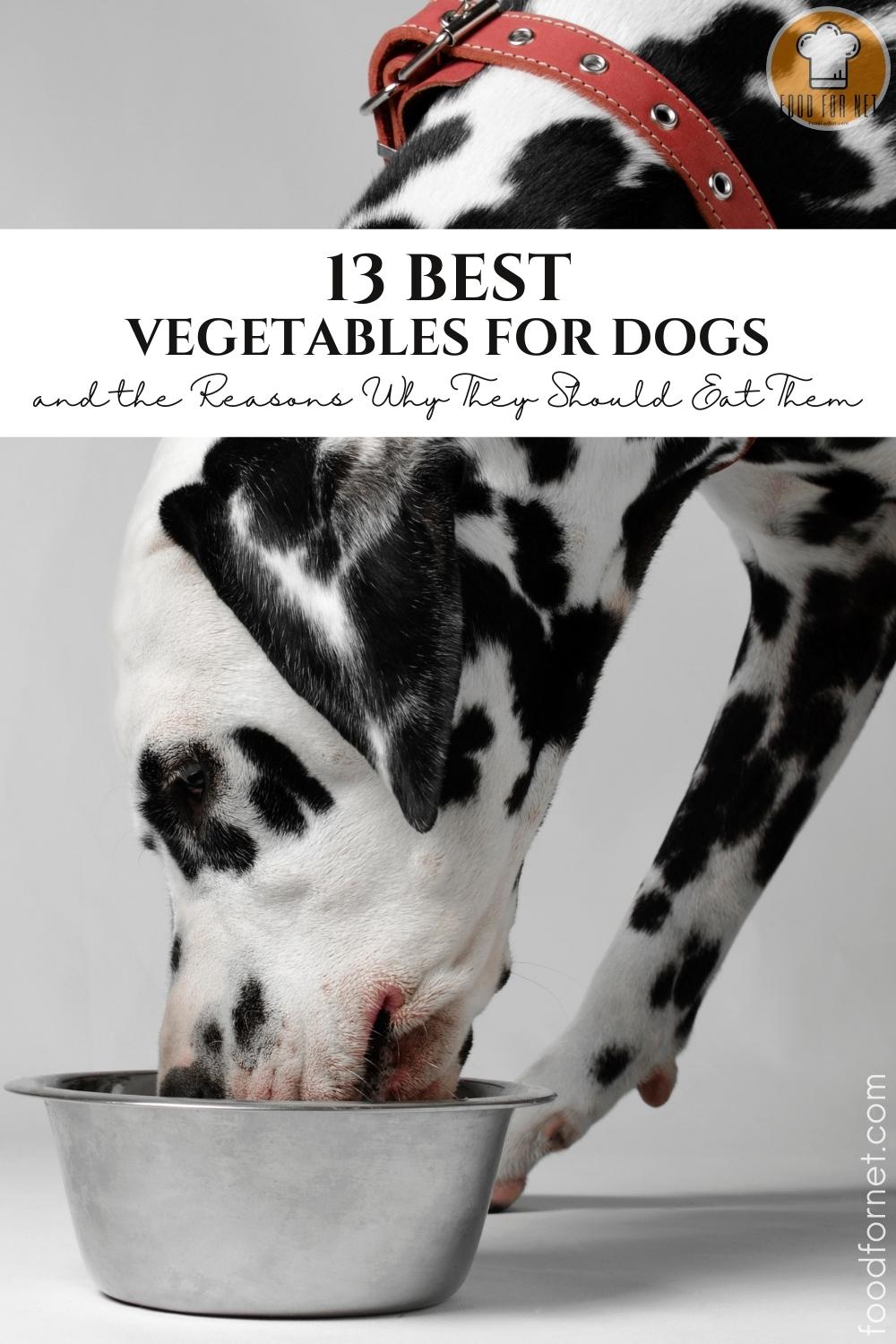
Yes, dogs can also eat vegetables! They’re not strictly carnivores, so you can absolutely include grains, fruits, and veggies in their diet. The best vegetables for dogs should contain the essential vitamins, minerals, as well as fiber that can boost their health.
Sure, you’re probably more used to seeing dogs munch on kibble or canned wet food (which by the way can really supply their nutritional needs), but a treat, a little serving of this or that, or sharing your food can be alright as well if properly done.
When giving your dog treats, you may want to opt for homemade dog treats (these can now be easily ordered online). Go for the ones with all-natural ingredients. A common pitfall for dog parents is to overindulge their dogs with treats (I know, how can you not, right?). So, to avoid pumping them with calorie-rich not-so-healthy commercialized dog treats, always go for the all-natural and homemade ones.
If you got the time, then feel free to give making dog treats at home a try. There are a lot of recipes available online. And don’t worry, they’re pretty easy. One quick and very simple dog treat idea would be a slice of vegetables or fruits. In fact, chilled cucumber bits are actually a great treat during hot weather.
A ‘little serving’ is the key, keep in mind that whatever it is you’re offering to your dog is just to supplement the nutrition they’re already getting from their dry kibble or wet food. These dog foods, the high-quality ones, are supposed to contain and be able to generally provide your dog’s needed requirements.
But of course, not all dogs are built the same, some may have particular needs that they may not get if their diet consists solely of dog foods. This is why some are prescribed supplements or are given a particular diet plan to match their physical needs. All these, of course, can be properly determined by your dog’s vet.
Sharing your food with your fur baby is okay as long as you know which human food you can and can’t share with them. And also, we’re talking about human food here that is prepared or intended for them and not necessarily food scraps. For instance, turkey is okay for dogs, but not exactly the one you prepped for yourself especially when it’s heavily seasoned with garlic.
Although there’s still a debate on whether to feed dogs table scraps (exactly what’s on the table, leftovers) a safety measure would be, sure if you’re eating healthy yourself and you know which ingredients are not good for your dog. For instance, it won’t be wise to give your leftover fried food to your dog. Same thing with pizza and mostly fast food take-outs. But, let’s say, it’s vegetable and chicken stir fry with minimal oil and spices or roasted beef with some green beans – then feel free to share it with your pooch.
Keep in mind that even healthy foods when given in excess can lead to canine obesity or other health concerns. It’s best that you know the specific nutritional requirements for your dog based on their age. Feeding your puppy is absolutely different from feeding your adult, senior, or overweight dogs.
A growing puppy needs specific nutrition that will support their physical development which is happening really fast during their first few months. The same thing with older dogs, depending on their health condition, their nutritional needs can also vary. And dealing with overweight dogs is also another thing. This should be dealt with as soon as possible before irreversible health issues arise from it. All of these make it the more important that you check in with your vet regularly.
Given all things are normal, with no health issues whatsoever, your dog can meet its nutritional needs from a combination of plant and animal foods diet. They’re omnivores so they can eat both meat and plants. In fact, many commercial dog foods also contain veggies and fruits.
That said, it won’t harm them either to have an extra serving of real or fresh vegetables and fruits in their everyday meal. And it’ll help you greatly if you know which ones are the best vegetables for dogs. Here’s a list to give you some ideas before you start working on a meal plan for your pet.
Best Vegetables for Dogs
Zucchini
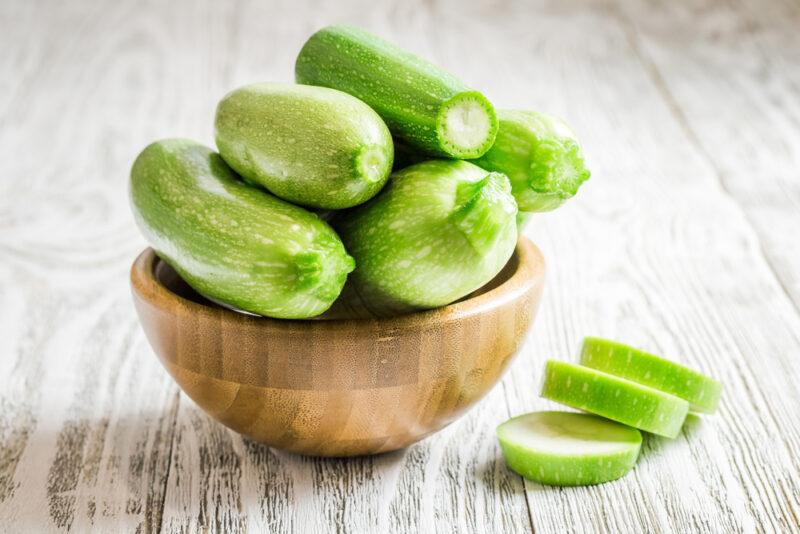
Zucchinis are actually quite a favorite ingredient in many dog food recipes because of their B vitamins and fiber content. Not to mention that it’s mostly water, so perfect for keeping your dog hydrated.
Zucchinis are packed with antioxidants like lutein and zeaxanthin. It’s also rich in folate, potassium, and vitamin A
Sweetcorn

You can serve sweetcorn occasionally to your dog because although it’s fiber-rich, it also contains sugar and carbohydrates. You can simply sprinkle or mix corn kernels with their usual dog food or use it in your homemade ones. Just make sure that you don’t serve them on the cob, as cobs don’t digest in a dog’s stomach.
Sweetcorn is rich in vitamins B1, B5, and C, phosphorus, manganese, and folate. It also contains very beneficial dietary fiber.
Sweet potatoes

As long as it’s cooked, sweet potatoes are good for your dog. It’s also better if you peel them as the skin tends to be a challenge to digest. You can cut them into small pieces or mash or grate them into their food.
Sweet potatoes are relatively high in carbohydrates but it packs a lot of vitamin A. It also contains vitamins C and D, B vitamins, calcium, iron, magnesium, potassium, thiamin, zinc, and phosphorus.
Spinach
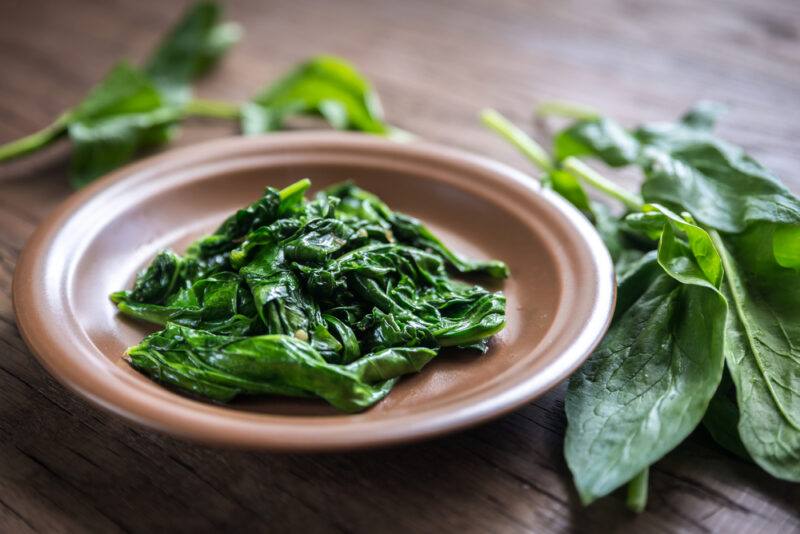
You can serve spinach both raw or cook and your dog should be fine. Just keep in mind that dogs react differently to food. For instance, raw spinach is completely fine with some while others may not like its slightly bitter taste. You can try mixing it with their food or as an ingredient to homemade dog foods.
Spinach aside from fiber is rich in vitamins A, C, and K, folate, iron, and potassium. It’s also one of the leafy vegetables that are great for an anti-cancer diet for dogs.
Pumpkin

Aside from aiding constipation and firming up diarrhea, pumpkins can also improve red pigment in your dog’s coat. You can simply roast sliced pumpkin in your oven and then just scoop out the flesh and dispose of the rind.
Pumpkins are low in calories yet packed with antioxidants, iron, manganese, potassium, and vitamins A, B2, C, and E.
Peas

Peas like sugar snap peas, mange tout, and garden peas are in the clear. However, avoid canned peas as it tends to have quite a high amount of sodium. It’s best to go for fresh or frozen peas.
Peas in addition to their fiber content are also a good source of plant protein. It also contains vitamin C, vitamin E, zinc, and antioxidants.
Green beans

Green beans are an excellent vegetable choice to feed your dog to keep him or her feeling full for a longer period of time. This is particularly helpful if your pet has an incessant appetite and you don’t want to overfeed them.
Green beans are actually an inexpensive source of healthy carbs, protein, and fiber. It also has folate, calcium, thiamine, niacin, iron, and vitamins A, C, and K.
Cucumber

Cucumbers are actually a crunchy, refreshing, and healthy treat for dogs. It’s low-calorie and low sugar. You can simply slice them into thick pieces and refrigerate them to make for a cool and hydrating snack, especially during summer.
Cucumbers are packed with phytonutrients and vitamin K. It’s also a good source of pantothenic acid and molybdenum. It also contains potassium, copper, manganese, phosphorus, magnesium, and vitamins B1 and C.
Celery

Another ideal crunchy and water-rich vegetable treat for dogs is celery. It’s actually recommended as a weight-loss treatment. Just cut them into short pieces. You can serve them raw or cook, see which one your dog prefers.
Celery is high in fiber but low in calories and is fat-free. It also contains folate, potassium, and vitamins A, C, and K. Its electrolytes content will surely keep your dog hydrated.
Cauliflower

Cauliflower can be served plainly in bite-size pieces either raw or cooked. You can simply steam, boil, or bake them. Aside from supporting your dog’s digestive health, cauliflower’s antioxidant contents may also help reduce inflammation and help older dogs with arthritis.
Cauliflower contains minerals like potassium, calcium, manganese, and magnesium which supports your dog’s fluid balance, cell function, nervous system, muscle function, and skeletal structure.
Carrots

Carrots, whether cooked or raw help in improving the red pigments in your pet’s fur. Giving your dog raw carrot treats also helps in cleaning your dog’s teeth.
Aside from the fiber, vitamin A, and beta carotene content of carrots, it also contains calcium, vitamin K, vitamin B6, biotin, and potassium. In addition to beta carotene, other plant compounds in carrots include alpha-carotene, lutein, lycopene, polyacetylenes, and anthocyanins.
Brussels sprouts

The fiber and antioxidants in Brussels sprouts actually help in reducing inflammation, improving blood circulation, and boosting digestion in dogs. Depending on your dog’s preference, you may serve Brussels sprouts raw or cook. Don’t get discouraged if they reject raw ones (a lot of dogs do), simply try the alternative. Bake, steam, or simply boil them.
Brussels sprouts are rich in Vitamin C and vitamin K. It has moderate amounts of folate and vitamin B6. It also contains iron, potassium, thiamine, magnesium, and phosphorus.
Broccoli

Broccoli whether cooked or raw, in small amounts, are good for dogs. Moderation is the key because the isothiocyanates in the florets can cause gastric irritation in dogs. That said, its vitamin K contents help in promoting strong bones. The fiber also ensures that your dog’s digestive system is moving along just fine.
Broccoli, in addition to its high fiber content, is also packed with vitamin C that boosts your dog’s immune system. It also has folic acid which helps produce and maintain healthy cells especially with pregnant dogs. It also contains minerals like magnesium, chromium potassium, and sodium.
Reasons Why Your Dog Should Eat Vegetables
You can serve raw, boiled, or steam veggies to your dog. Make sure to cut them into bite-sized pieces to avoid choking. You can also try grating or mashing them to add to their regular food. Keep in mind, too, to serve in moderation – what appears as little for you can be a lot for them.
To further convince you to add vegetables to your dog’s diet, here are four reasons why they should eat vegetables.
The fiber can boost dog’s gut and overall health
Aside from ensuring dog’s gut health, the fiber content of veggies also has antioxidative properties that clear toxins, and can also reduce the risk of cancer. And just like in humans, the fiber also adds a feeling of fullness especially for dogs with incessant appetite. This reduces the risk of overfeeding them which can lead to obesity.
Dogs need phytonutrients, too
Phytonutrients are vital to your dog’s health and they can’t get them from a strict meat diet. Aside from the vitamins, minerals, and antioxidants content of veggies, it also contains phytonutrients. So, you’ll be doing your dog a favor if you serve them vegetables and fruits as part of their healthy diet.
Veggies can help in keeping your dog hydrated
This is especially true with their kibble-rich diet because they’re in a chronic state of dehydration which can lead to kidney disease or bladder stone formation. Aside from making sure your dog’s water bowl doesn’t run empty, adding veggies to their diet will also help in keeping them hydrated since vegetables are excellent sources of water as well.
Dogs are not pure carnivores like cats
Unlike cats, dogs are not pure carnivores. And unlike cows, they’re not herbivores either. Again, as mentioned above, they eat both meat and plants. In fact, dogs and other wild canids have been eating vegetables for thousands of years.


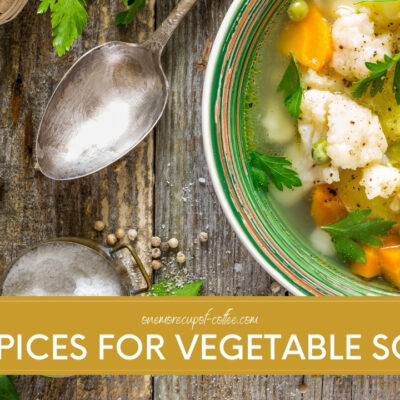



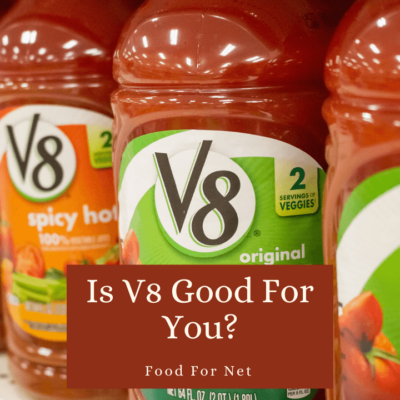


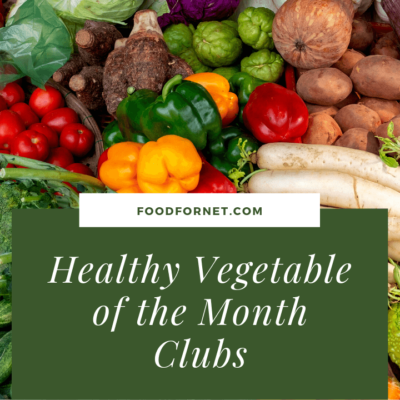
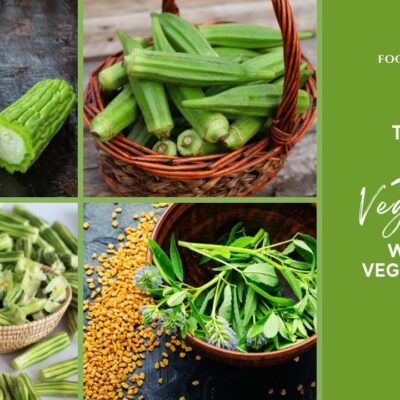






 Is Pineapple Good For You?
Is Pineapple Good For You?
Leave a Reply